Rubinstein-Taybi syndrome: clinical features, genetic basis
Por um escritor misterioso
Last updated 16 julho 2024

Background Rubinstein-Taybi syndrome (RSTS) is an extremely rare autosomal dominant genetic disease, with an estimated prevalence of one case per 125,000 live births. RSTS is characterized by typical facial features, microcephaly, broad thumbs and first toes, intellectual disability, and postnatal growth retardation. However, no standard diagnostic criteria are available for RSTS. In this review, we summarized the clinical features and genetic basis of RSTS and highlighted areas for future studies on an appropriate diagnostic protocol and follow-up care for RSTS. Discussion RSTS is primarily characterized by delayed growth in height and weight, microcephaly, dysmorphic facial features, and broad thumbs and big toe. Over 90% RSTS individuals with disabilities survive to adulthood, but healthcare for these patients is particularly complex, time-consuming, and costly. In addition, no standard diagnostic criteria and follow-up care guidelines are available for RSTS. It has been shown that mutations in the genes encoding the cyclic-AMP-regulated enhancer binding protein (CREBBP) and the E1A-binding protein p300 (EP300) contributed to the development of RSTS. Therefore, genetic tests are useful for the diagnosis of RSTS, although most RSTS cases are currently diagnosed based on clinical features. Summary The clinical features of RSTS have been extensively studied, which significantly contributes to the diagnosis of this extremely rare syndrome. However, the pathogenesis and genotype-phenotype associations of RSTS are largely unknown. Therefore, multicenter studies and international cooperation are highlighted for better understanding of this disease, establishing standard diagnostic criteria, and providing professional management and follow-up care of RSTS.

PDF) Nephrotic syndrome in a case of Rubinstein Taybi syndrome: a

Representative Epigenetic diseases: Rubinstein-Taybi Syndrome

Clinical photos of the patients. (a) Case 1: Dysmorphic facial

Rubinstein-Taybi syndrome with scoliosis treated with single-stage
:max_bytes(150000):strip_icc()/pediatrician-487474340-3f639b1d87444d45b10ba75b77446051.jpg)
Rubinstein-Taybi Syndrome: Symptoms, Causes, Treatment
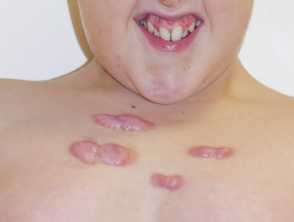
Rubinstein-Taybi Syndrome: A Complete Overview — DermNet
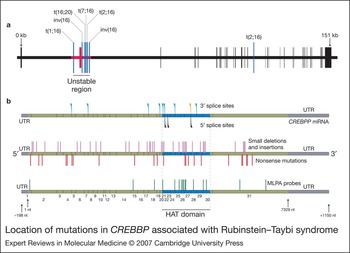
Rubinstein–Taybi syndrome: clinical and molecular overview

Ocular features in Rubinstein-Taybi syndrome: investigation of 24

Ultrasound 2-D and 3-D diagnosis of Rubinstein–Taybi syndrome in a

Facial dysmorphism, skeletal anomalies, congenital glucoma

Identification of de novo EP300 and PLAU variants in a patient
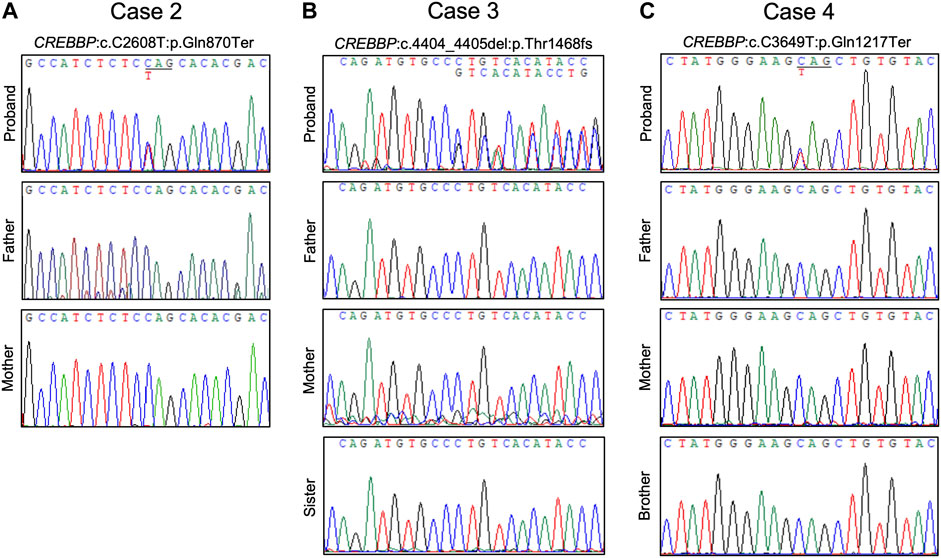
Frontiers Genetic Diagnosis of Rubinstein–Taybi Syndrome With

Ultra-Rare Syndromes: The Example of Rubinstein-Taybi Syndrome
Recomendado para você
-
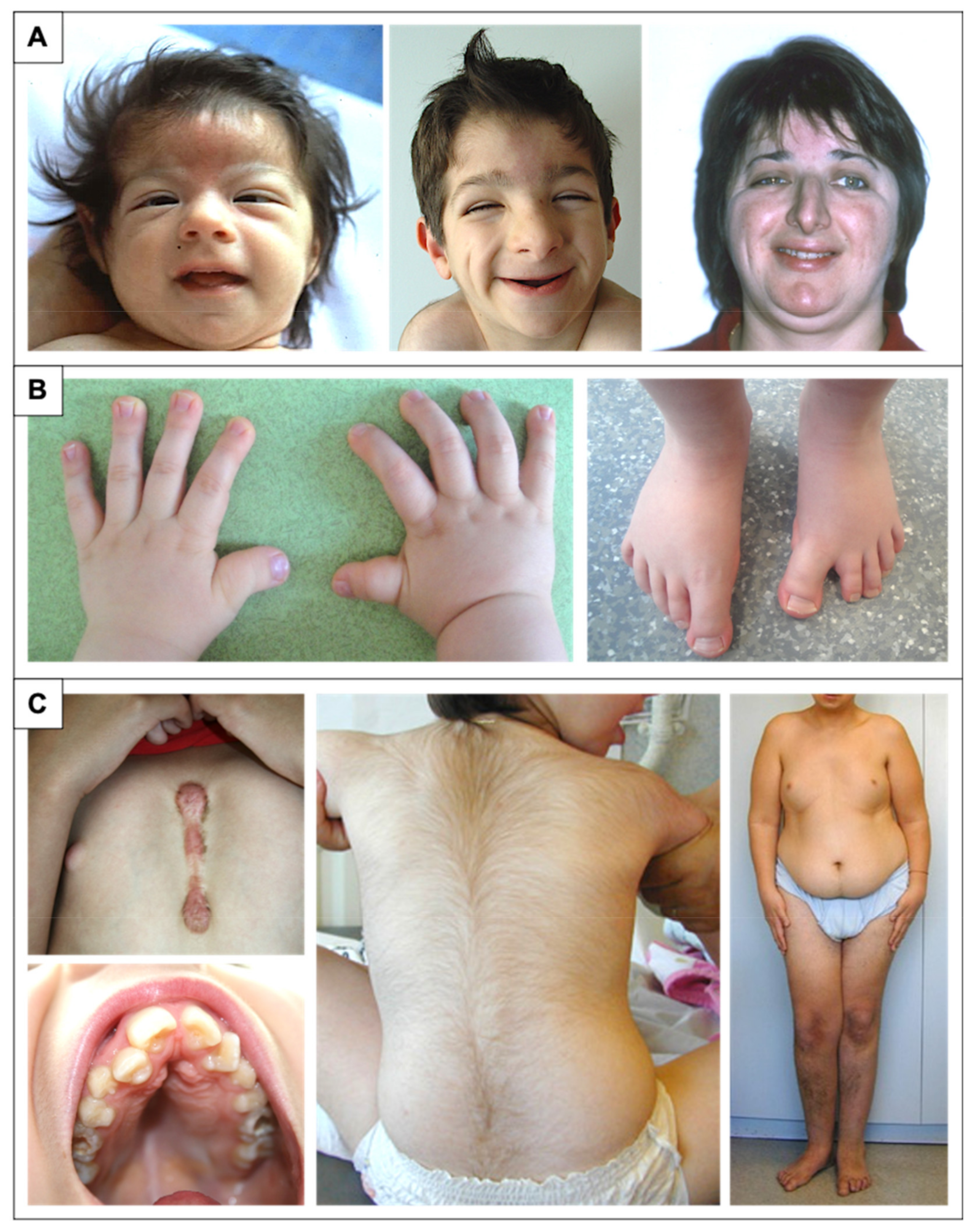 Genes, Free Full-Text16 julho 2024
Genes, Free Full-Text16 julho 2024 -
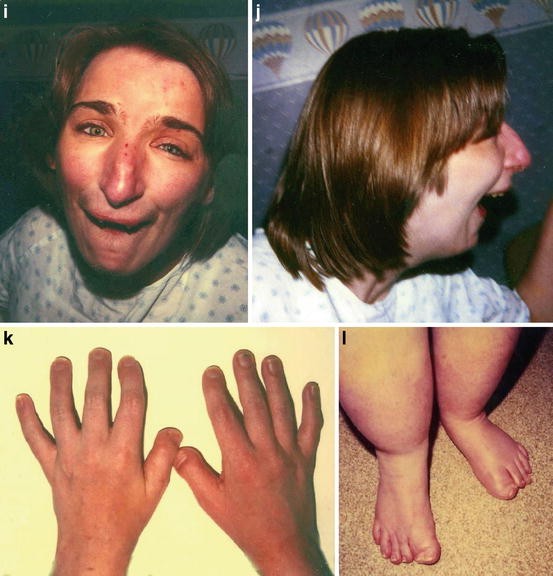 Rubinstein-Taybi Syndrome16 julho 2024
Rubinstein-Taybi Syndrome16 julho 2024 -
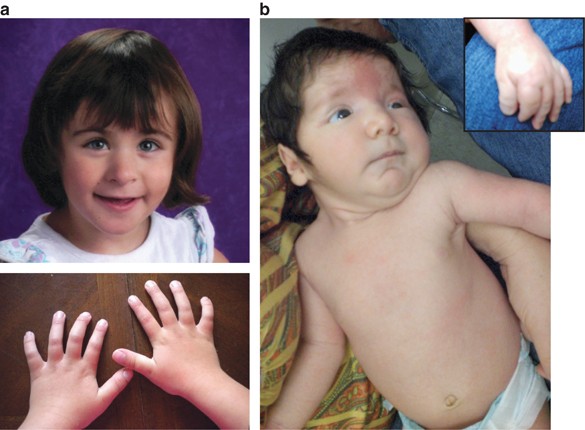 Exon deletions of the EP300 and CREBBP genes in two children with16 julho 2024
Exon deletions of the EP300 and CREBBP genes in two children with16 julho 2024 -
The - The Rubinstein-Taybi Syndrome Children's Foundation16 julho 2024
-
 Rubinstein-Taybi Syndrome OMIM# 180849 - FDNA™16 julho 2024
Rubinstein-Taybi Syndrome OMIM# 180849 - FDNA™16 julho 2024 -
Rubinstein Taybi California16 julho 2024
-
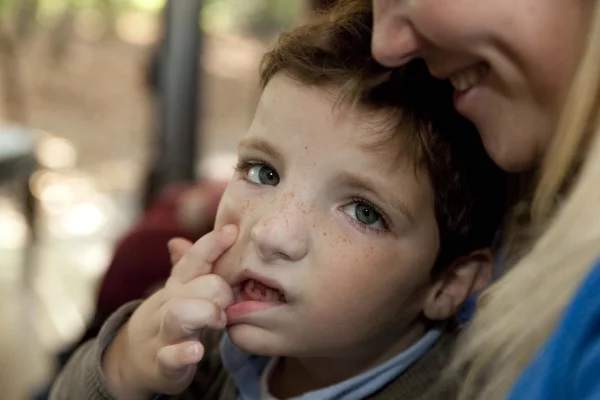 Síndrome de Rubinstein Taiby, una enfermedad rara conmemorada el 3 de julio - Internacional16 julho 2024
Síndrome de Rubinstein Taiby, una enfermedad rara conmemorada el 3 de julio - Internacional16 julho 2024 -
 SciELO - Brasil - Broad thumbs and broad hallux: the hallmarks for the Rubinstein-Taybi syndrome Broad thumbs and broad hallux: the hallmarks for the Rubinstein-Taybi syndrome16 julho 2024
SciELO - Brasil - Broad thumbs and broad hallux: the hallmarks for the Rubinstein-Taybi syndrome Broad thumbs and broad hallux: the hallmarks for the Rubinstein-Taybi syndrome16 julho 2024 -
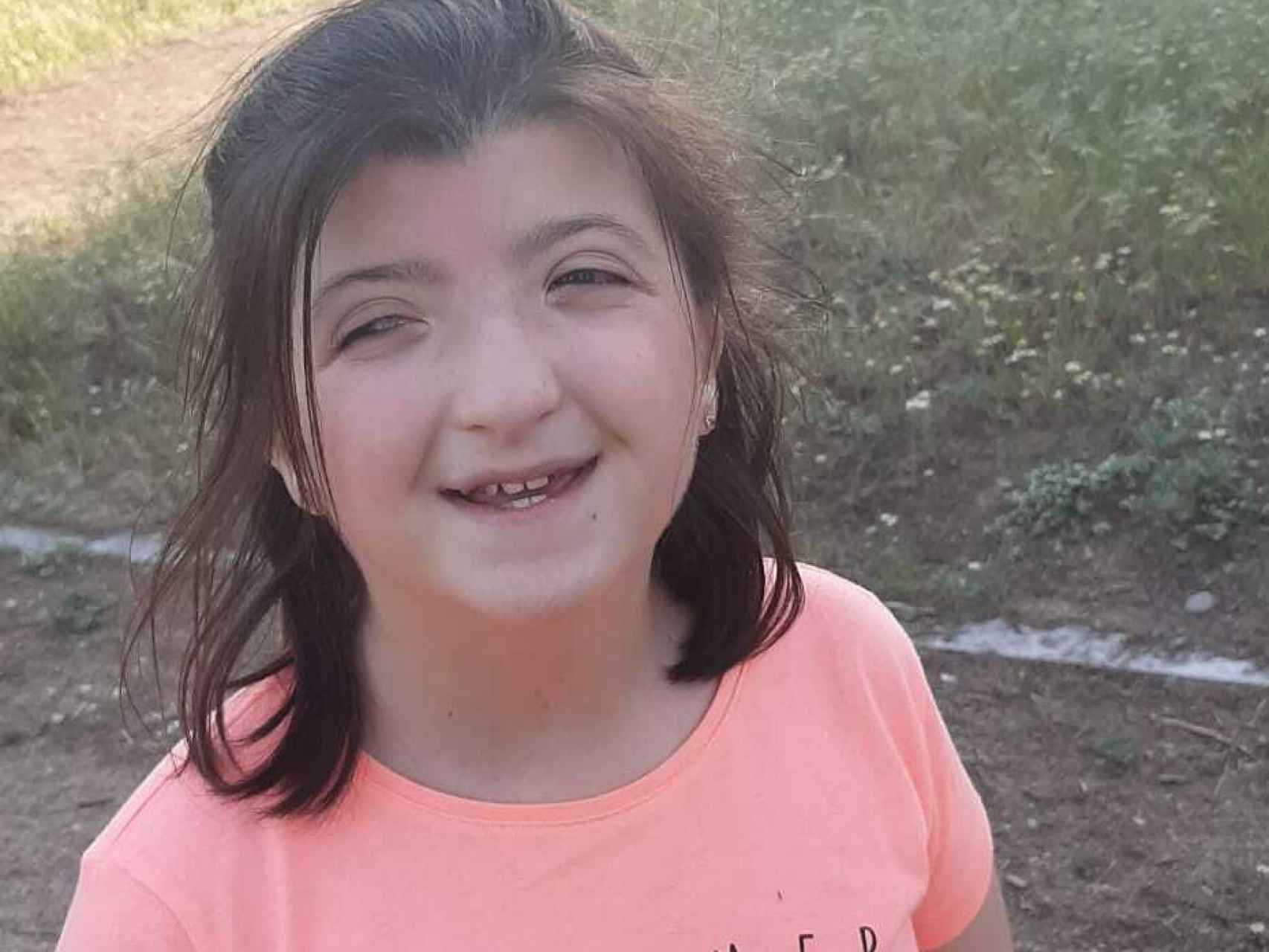 Lucía, la niña del 'síndrome de los pulgares anchos' y la sonrisa contagiosa16 julho 2024
Lucía, la niña del 'síndrome de los pulgares anchos' y la sonrisa contagiosa16 julho 2024 -
 PDF) Genetic heterogeneity in Rubinstein-Taybi syndrome: Delineation of the phenotype of the first patients carrying mutations in EP30016 julho 2024
PDF) Genetic heterogeneity in Rubinstein-Taybi syndrome: Delineation of the phenotype of the first patients carrying mutations in EP30016 julho 2024
você pode gostar
-
Mãe com Plus A mais - CUPOM DE DESCONTO DO CLUBE DE ASSINATURA. . . Com muita alegria que eu divido com vocês esse cupom de um clube (@foto_clube )que eu gosto16 julho 2024
-
 Thor: Love and Thunder Ending Explained: What It Means for the MCU16 julho 2024
Thor: Love and Thunder Ending Explained: What It Means for the MCU16 julho 2024 -
 Sans X Reaper Sans By Xxrosettacookiexx - After Sans X Reaper Sans16 julho 2024
Sans X Reaper Sans By Xxrosettacookiexx - After Sans X Reaper Sans16 julho 2024 -
 hu tao, zhongli, and xingqiu (genshin impact) drawn by xinzoruo16 julho 2024
hu tao, zhongli, and xingqiu (genshin impact) drawn by xinzoruo16 julho 2024 -
Motopalmas Yamaha - LAR DAS CLÁSSICAS Lembra da JOG 50cc? Essa daí foi completamente revitalizada em nossa loja. Temos acessórios, peças e serviços que vão deixar sua moto nova por muito, mas16 julho 2024
-
Five Nights At Freddy's Anime16 julho 2024
-
 Episode 116 - Chainsaw Man Anime - Episodes 1-616 julho 2024
Episode 116 - Chainsaw Man Anime - Episodes 1-616 julho 2024 -
/i.s3.glbimg.com/v1/AUTH_bc8228b6673f488aa253bbcb03c80ec5/internal_photos/bs/2023/2/7/0Ajp3MSTSgmlxKrEMxAw/vini-jr-ea-sports-24.jpg) EA FC 24: preço, data de lançamento, capa e novidades do novo FIFA16 julho 2024
EA FC 24: preço, data de lançamento, capa e novidades do novo FIFA16 julho 2024 -
 Pokemon Infinite Fusion Calculator - Calculate Buddy16 julho 2024
Pokemon Infinite Fusion Calculator - Calculate Buddy16 julho 2024 -
 Digimon Adventure tri. - Confissão (Filme 3) ~ Todas as Regiões ~ Novo em folha e selo ~16 julho 2024
Digimon Adventure tri. - Confissão (Filme 3) ~ Todas as Regiões ~ Novo em folha e selo ~16 julho 2024




